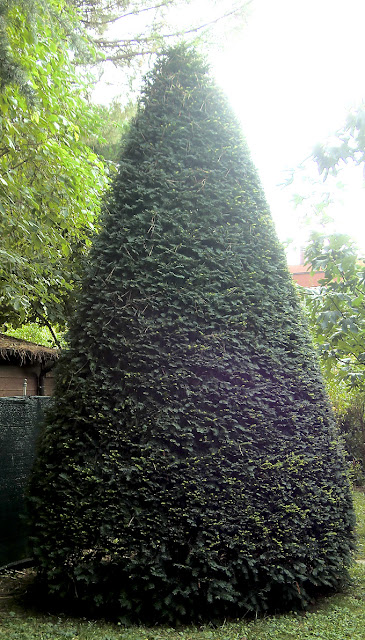Acer campestre L. 1753 family Sapindaceae Common names: maple, Testucchio, opium dross Etymology: the genus name was coined from the Latin acer (hard, harsh) for The hardened timber. The specific attribute Latin country indicates the spontaneous presence of this species in cropped field
the maple is a deciduous tree (sometimes large bush) of medium size, high average, up to 7-12 meters (but can reach 18-20). E 'spread spontaneously in much of Europe, as far north as England and the southern part of Scandinavia, while in the south embraces the entire Mediterranean basin and North Africa, reaching east to Anatolia and the middle East.
In Italy is very present in the plains and forests, to an altitude of 1000 m. The trunk is often twisted and branched, with rounded crown loose. The bark is brown, fissured into rectangular plates. The twigs are thin and covered with a fuzz that differentiates them from those of other wild species of maple in Italy.
He enta the growth and lives well in sunny or partial shade. While preferring calcareous soils and fresh, well-drained soil, although rich in texture, it adapts very well to all types of terrain and is very rustic, very well tolerated and the winter frosts that high summer temperatures. Being a tree bearing a small scale and well cut, in the past has been widely used, especially in Emilia-Romagna, in the vineyards as a tutor for live lives. The wood was used instead to build tools for farming and kitchen tools. Today, the typical species is rarely used in gardens, while still very common in the countryside, along ditches and canals. He also finds occasional use for hedges and as hardy ornamental tree, showing some effectiveness in the consolidation of slopes subject to landslides. It 'very mellifera plant and the leaves are an excellent fodder for animals.

leaves are opposite, with a petiole of 5-7 cm, palmate, with 3-5 rounded lobes (which in turn can be sub-lobed) and margin smooth. Their color is dark green on the upper, lighter and lower in the presence of a certain tomentosità. In autumn, before falling, look yellow very lively and very showy
flowering is almost insignificant in terms of ornamentation.
The small flowers, inconspicuous, greenish-yellow in color are taken to erect and pubescent corymbs, about 10 cm long, which together form the leaves and appear in May-June. They are much visited by bees willingly
fruits unloved, that seed heads formed each of two samaras with wings as opposed to 180 °, generally from 2 to 4 cm long. In ripening stage have a yellowish or light green, with reddish hues, while at maturity, in autumn, they turn to brown. When you detach from the plant two wings allow them to be transported over long distances.
FOOD AND OFFICINALE: parts of the plant are not consumed directly, but the flowers allowing the bees to produce excellent honey, and fruits are a roasted coffee substitute. The leaves are an excellent forage for domestic animals. The decoction of bark, of course, to be used under the supervision A specialist is effective in the treatment of skin rashes, also showed mild anticolesterolemiche property and a stimulating effect on metabolism


















































